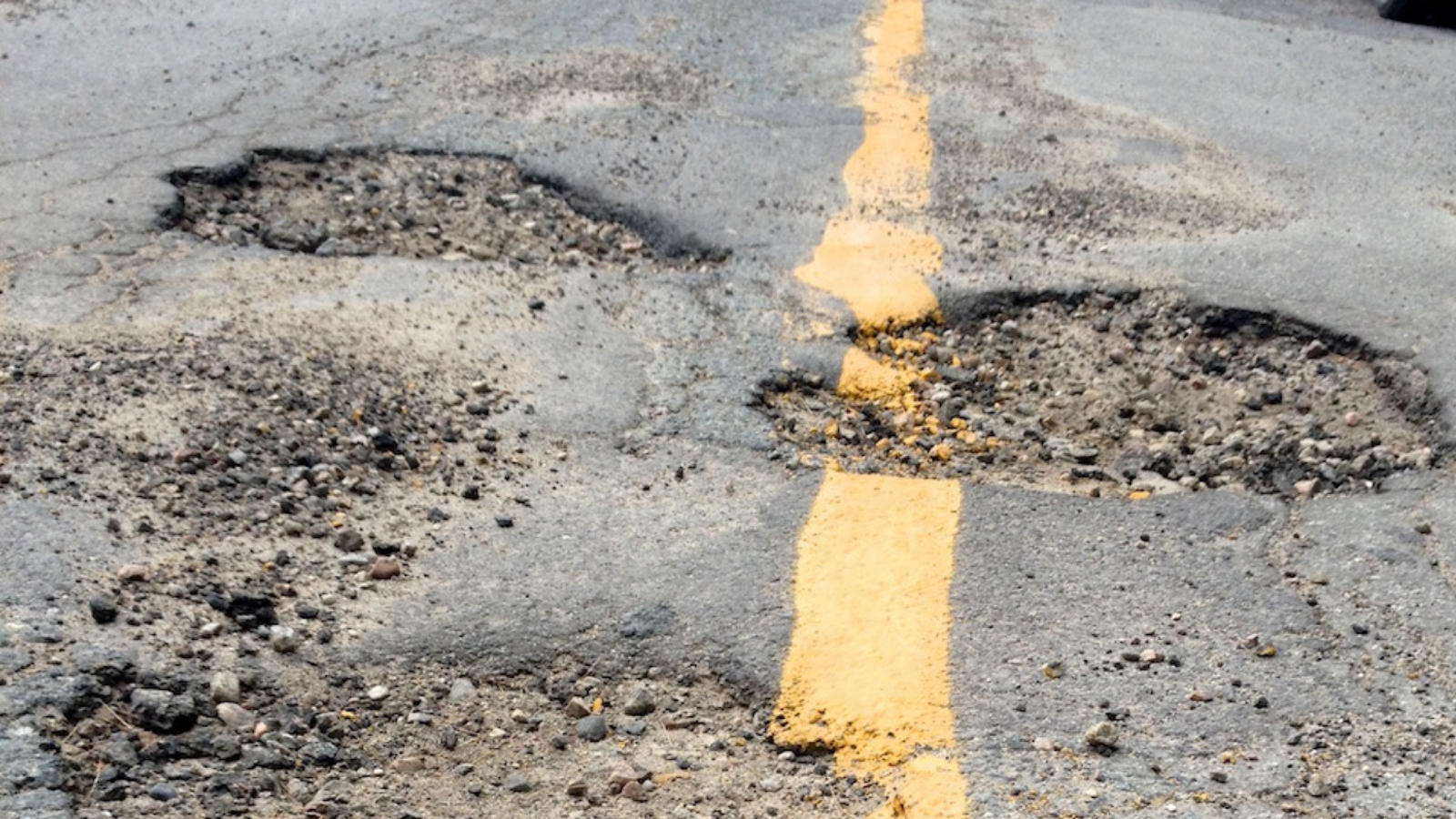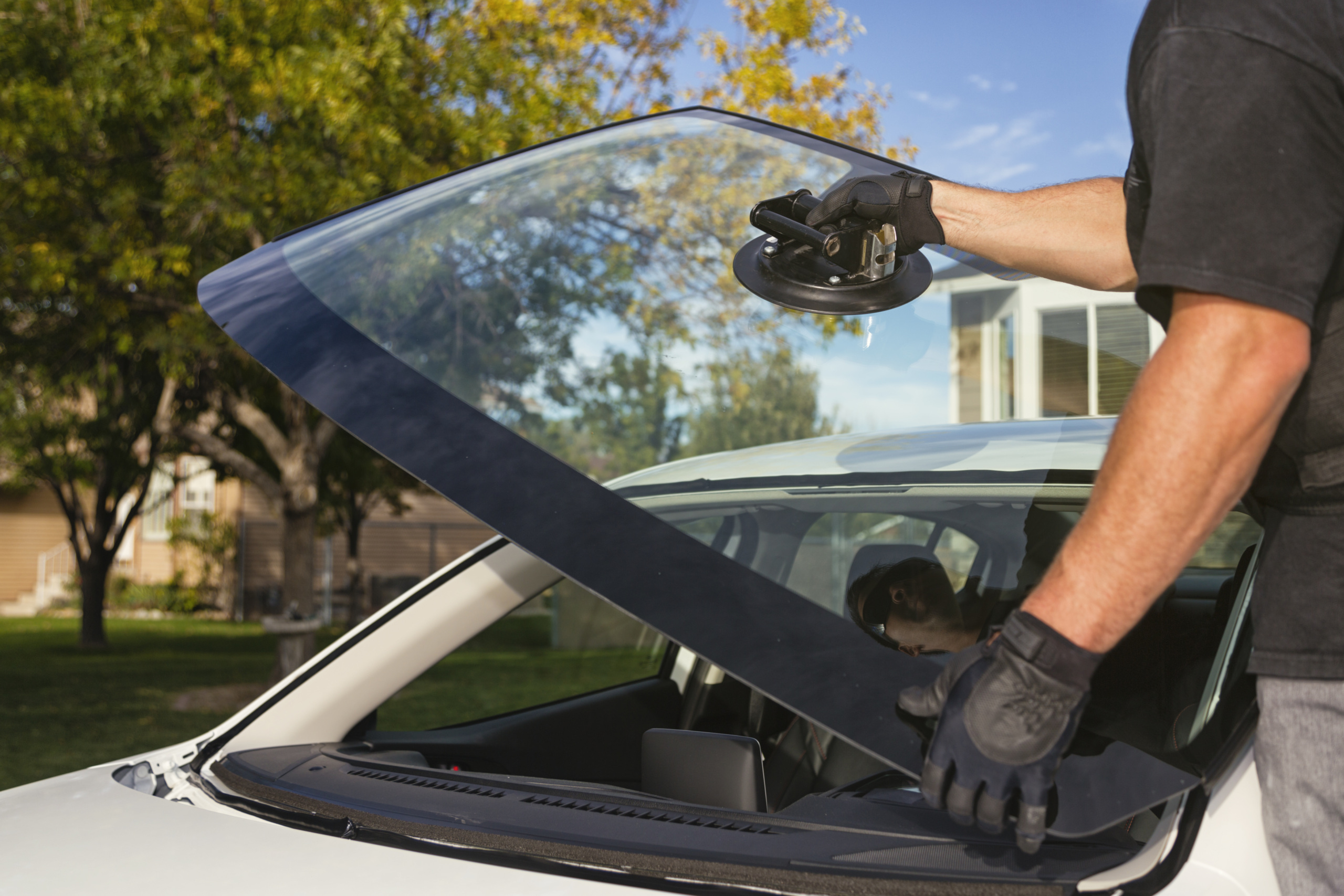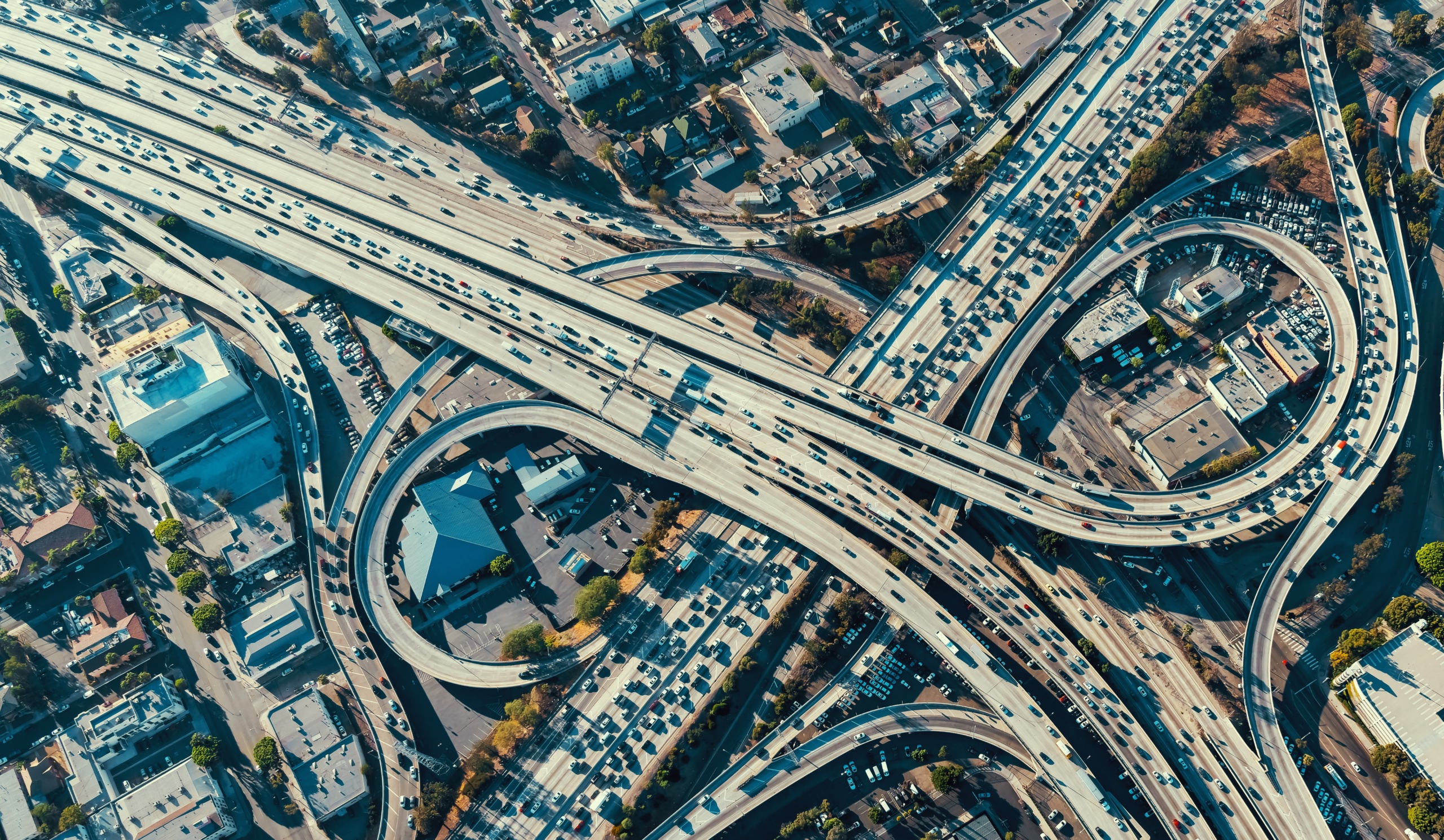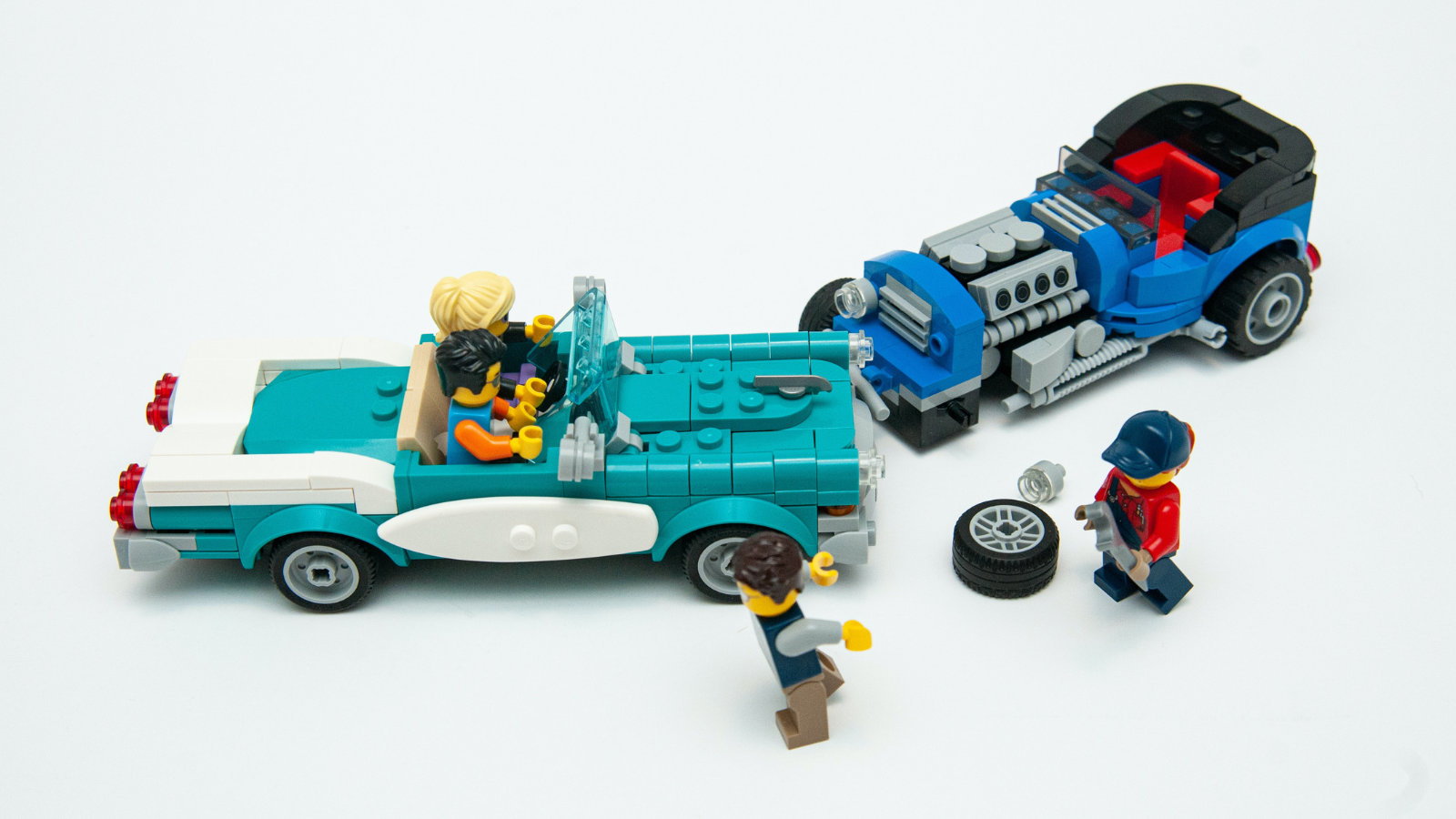America can’t handle more highways. Let’s fix what we have, instead.
Spending on new highways is wasteful and destructive. America needs to repair what we have instead of spending on new highways.

Former President Dwight Eisenhower reimagined America’s transportation infrastructure with the Interstate Highway System in the 1950s. Today, President Joe Biden’s sweeping American Jobs Plan echoes the bold investment of the Eisenhower administration.
However, America can’t afford to take a 1950s approach to infrastructure today. Building more roads and highways won’t fix America’s transportation issues, as U.S. PIRG & Frontier Group explain in a new factsheet.
New roads will take away money from fixing infrastructure that needs to be repaired. Road expansion would also harm efforts to fight climate change, protect public health and improve quality of life.
Thankfully, the Biden Administration does not appear to have highway expansion as a priority. At the top of a long list of economic, environmental and public health investments, President Biden’s proposal calls for $115 billion to “modernize bridges, highways, roads, and main streets that are in most critical need of repair.”
Repair and modernization, not expansion, are emphasized in the plan’s language. This plan addresses a serious issue: America faces a massive road and bridge repair backlog. As of 2017, 11 states had at least 30 percent of their roads in poor condition.
Yet, even as they fail to repair existing infrastructure, many state transportation departments are still wasting resources on expensive and harmful new highway projects across the country.
This misguided approach needs to change. Congress should ensure that public spending fixes America’s road problems, rather than create new ones. We should not spend taxpayer dollars on unnecessary and destructive road and highway expansion projects; instead, we need to focus on fixing our existing infrastructure.
America doesn’t need more highways
Ever since the Eisenhower administration created the Interstate Highway System in the 1950s, the United States has continued to pour billions of dollars into new roads and highways. While the plan helped facilitate trade and movement at the time, the value of building new highways has dramatically decreased in the present day because the most useful roads have already been built.
Every major city is already connected to every other city by multi-lane highway where practical. State and county roads criss-cross the landscape, even through sparsely-populated farmland. You’d be hard-pressed to find a large town that is unreasonably difficult to access with a car.
Yet, new highway projects are still being built, often for dubious reasons. Ohio has proposed to spend $7.3 billion on a new bypass around Cincinnati to allow drivers to avoid the city, a move which is likely to weaken Cincinnati. Illinois is planning a new interchange leading to a patch of farmland outside of Chicago, the proposed site of a currently non-existent and controversial airport.
These wasteful “boondoggles” are the most dramatic examples of how excessive America’s road network has become. After 60 years of endless highway expansion, the only projects left are sprawling messes that don’t help improve people’s lives.
Highway expansion is often justified as necessary to reduce traffic congestion. But under closer examination, this argument rings hollow. Transportation researchers have understood “The Fundamental Law of Road Congestion” for decades: Expanding a highway shapes society to become more reliant on cars and actually creates more traffic, eventually resulting in the return of congestion. Building more highways simply does not solve traffic congestion.
America doesn’t need more highways. And yet, many state and federal governments are still spending half or more of the budget on wasteful, expensive road expansion projects while our vast existing road infrastructure falls into disrepair.
The hidden costs of road expansion
Highway expansion projects have huge price tags and few benefits. Even worse, they contribute to a dangerous and destructive transportation system that harms people and the environment.
Building highways takes a toll on the local environment. Construction destroys natural ecosystems and can pollute local water sources. For example, a proposed expansion loop in San Antonio threatens the Edwards Aquifer, one of the region’s most important sources of drinking water.
Road expansion also worsens the climate crisis. Production of cement — a key material for highway construction — alone contributed 8 percent of the world’s CO2 emissions in 2016.
Moreover, expanding roads entrenches a transportation system responsible for massive pollution. More roads means more driving, and more driving means more pollution. For instance, RMI’s 2021 analysis of the Colorado transportation spending plan estimates that the increase in driving caused by new road construction would increase greenhouse gas emissions by 8 to 15 million tons of CO2-equivalent cumulatively through 2050.
It’s not just nature that will suffer; local communities pay the price for new roads, too. Highway expansion directly displaces people, businesses and green space. The proposed Cincinnati Eastern Bypass project discussed earlier, for example, would affect three churches, 4,195 acres of farmland, 712 homes and three cemeteries. Infrastructure projects should help uplift local communities, not destroy their homes and history.
Once these projects are completed, they continue to be a source of pollution and disturbance to nearby communities for decades. Studies consistently show that living close to major roads or in areas of high traffic density is associated with adverse health effects, including higher rates of asthma, cardiovascular and respiratory disease, loss of fertility and death.
Today, road and highway expansion is destructive rather than constructive. It destroys the environment, worsens the climate crisis, erases neighborhoods and sickens people. America simply can’t afford to keep spending billions on these wasteful, destructive projects.
Let’s fix it first
In 2021, it’s clear that building more roads isn’t the solution to America’s infrastructure problems. Yet, even as many states are unable to keep their roads in good condition, spending on new and wider roads continues. Currently, states spend roughly equal amounts on road expansion and on maintenance and repair.
Between 2009 and 2017, the U.S. public road network grew by almost a quarter of a million lane miles – enough to pave an area larger than Los Angeles. Unfortunately, more miles means higher costs. A new lane-mile costs around $24,000 annually to maintain, so maintaining those new roads alone will require spending an additional $5.4 billion per year.
This focus on road building has led to growing budget woes for agencies across the country. From 2008 to 2018, the highway debt of state transportation agencies more than doubled from $111 billion to $228 billion.
The United States is building more roads than it can maintain, and every new lane is worsening the road repair deficit. It makes no sense to spend half the budget on new roads when 173,000 miles of road and more than 45,000 bridges in the U.S. are currently in poor condition.
There’s an obvious solution: Transportation departments need to redirect money away from road and highway expansion projects, and use the funding to repair existing infrastructure. Congress should ensure the right projects are prioritized by implementing requirements for how federal transportation funding is used — a “fix-it-first” approach.
For example, transportation departments should be required to repair roads and bridges before building new highways. Congress should also ensure that federal highway aid is conditional on a percentage being used for repair and rehabilitation, set measurable goals for repairing all roads in poor condition and require states to report progress towards those goals.
Both sides of the aisle agree: America’s infrastructure is in bad condition, and the federal government needs to invest in it. Both parties should be able to get on board with cutting wasteful spending on road expansion with a fix-it-first approach.
Almost 70 years after Eisenhower started the Interstate Highway System, building more highways is no longer necessary. Let’s fix what we already have, instead.
Image: Potholes, Pearl Pirie, flickr.com
Topics
Authors
Mac Dressman
Find Out More

TexPIRG fall update

Cars are lasting longer than ever. Will that change with new technologies?

America needs a “roads review”


